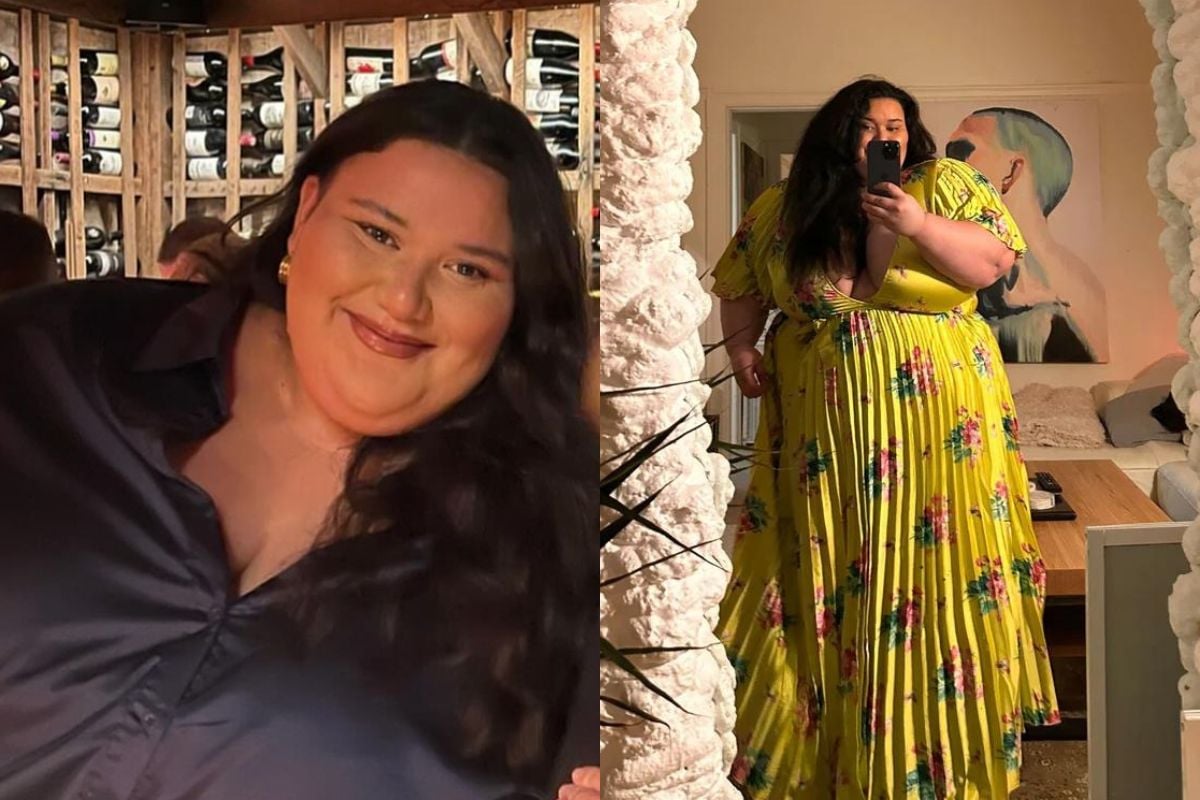
The tears come thick and fast.
I am 13 or 14 years old, quietly sobbing while my mum stands just on the other side of the makeshift changing room, its fabric walls closing in around me. Mum's holding the curtains shut, giving me privacy as I change, asking me how the dress I was so excited to try on fits.
I say nothing as I wipe away the tears with the back on my hand, inspect the tag and conclude that I am much too big for a size 12. But the other dress I tried on, at a different store last week, was a 12, and it fit fine. It was actually rather... roomy. What changed?
It's a familiar scene for many young women. The dress in question could've been a pair of denim jeans or a miniskirt you've been eyeing for weeks. And the size tag could have said 4 or 20.
It doesn't matter what size is on the label, or what size you think you 'ought to' be. Because vanity sizing throws the entire game.
Watch: How To Improve Your Daughter's Body Image: Post continues after video.
Years ago, I didn't have the tools to understand how the often cruel world of fashion operates. It felt like something was wrong with my body. I was too cushy on the sides, much too big around the bust.